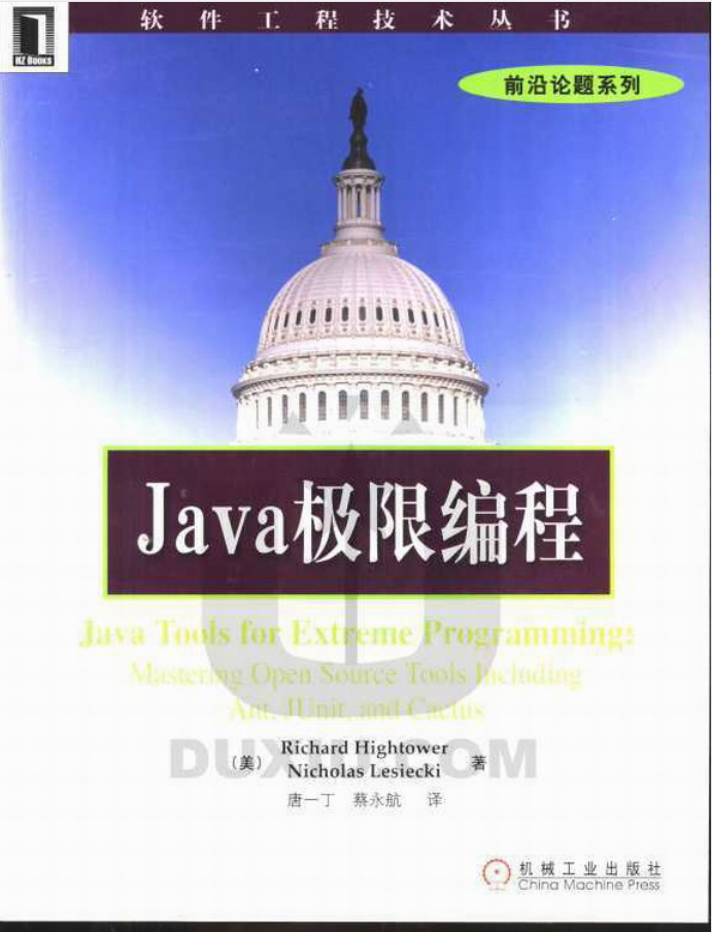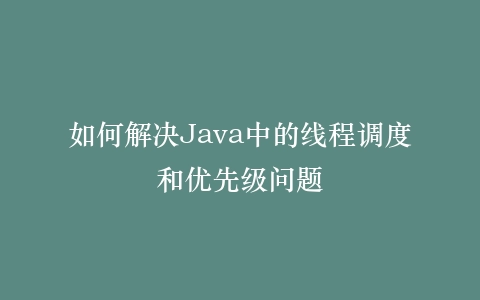
Java反射机制性能优化技巧及最佳实践:从入门到精通
作为一名在Java开发领域摸爬滚打多年的程序员,我深知反射机制就像一把双刃剑。它提供了极大的灵活性,但性能问题却常常让人头疼。今天,我想和大家分享一些我在实际项目中积累的反射性能优化经验,希望能帮助大家更好地驾驭这个强大的工具。
一、理解反射的性能瓶颈
记得我第一次使用反射时,就被它的性能表现吓了一跳。在某个需要频繁调用反射方法的场景中,性能比直接调用慢了近百倍!经过深入分析,我发现反射的性能损耗主要来自以下几个方面:
首先是方法查找和访问权限检查,每次调用都需要进行这些操作;其次是参数装箱拆箱,特别是基本类型参数;最后是安全检查,每次调用都需要验证访问权限。
// 性能较差的反射调用示例
Method method = clazz.getMethod("process", String.class, int.class);
for (int i = 0; i < 10000; i++) {
method.invoke(target, "test", i); // 每次调用都有性能损耗
}
二、缓存反射对象
这是我学到的最重要的优化技巧。反射对象(Method、Field、Constructor)的创建成本很高,应该尽可能复用。
public class ReflectionCache {
private static final Map methodCache = new ConcurrentHashMap<>();
public static Method getCachedMethod(Class clazz, String methodName, Class... paramTypes) {
String key = clazz.getName() + "#" + methodName;
return methodCache.computeIfAbsent(key, k -> {
try {
return clazz.getMethod(methodName, paramTypes);
} catch (NoSuchMethodException e) {
throw new RuntimeException(e);
}
});
}
}
在实际项目中,我通常会使用ConcurrentHashMap来构建缓存,确保线程安全。这个简单的优化就能让性能提升数倍。
三、关闭访问权限检查
访问权限检查是反射调用的另一个性能瓶颈。对于需要频繁调用的方法,我们可以通过setAccessible(true)来关闭安全检查。
Method method = clazz.getDeclaredMethod("privateMethod");
method.setAccessible(true); // 关闭访问检查
// 后续调用就不会有安全检查的开销
不过要注意,这会绕过Java的访问控制机制,使用时需要谨慎考虑安全性问题。
四、避免自动装箱拆箱
反射调用中的参数装箱拆箱会带来不小的性能损耗。特别是在处理基本类型时,这个问题尤为明显。
// 不推荐的写法 - 会有装箱开销
method.invoke(target, Integer.valueOf(123));
// 推荐的写法 - 使用MethodHandle避免装箱
MethodHandles.Lookup lookup = MethodHandles.lookup();
MethodHandle handle = lookup.findVirtual(clazz, "methodName",
MethodType.methodType(void.class, int.class));
handle.invokeExact(target, 123); // 无装箱开销
五、使用MethodHandle替代反射
在Java 7之后,MethodHandle提供了更好的性能表现。它通过JVM内部机制实现,比传统反射更高效。
public class MethodHandleExample {
private static final Map handleCache = new ConcurrentHashMap<>();
public static Object invokeMethod(Object target, String methodName, Object... args) throws Throwable {
String key = target.getClass().getName() + "#" + methodName;
MethodHandle handle = handleCache.get(key);
if (handle == null) {
MethodHandles.Lookup lookup = MethodHandles.lookup();
MethodType type = MethodType.methodType(Object.class,
Arrays.stream(args).map(Object::getClass).toArray(Class[]::new));
handle = lookup.findVirtual(target.getClass(), methodName, type);
handleCache.put(key, handle);
}
return handle.invokeWithArguments(args);
}
}
六、合理使用反射API的选择
不同的反射API在性能上有所差异。根据我的经验:
- getDeclaredMethod() 比 getMethod() 更快,因为它不需要检查父类
- 对于私有方法,使用getDeclaredMethod()并设置setAccessible(true)
- 考虑使用Spring的ReflectionUtils等工具类,它们内部已经做了很多优化
// 性能更好的写法
Method method = clazz.getDeclaredMethod("methodName", paramTypes);
method.setAccessible(true);
七、实战中的最佳实践
在多年的开发实践中,我总结出以下最佳实践:
public class OptimizedReflectionUtil {
// 1. 使用软引用缓存,避免内存泄漏
private static final Map> cache = new ConcurrentHashMap<>();
// 2. 批量处理方法调用
public static void batchInvoke(List targets, String methodName) {
if (targets.isEmpty()) return;
Class clazz = targets.get(0).getClass();
Method method = getCachedMethod(clazz, methodName);
for (Object target : targets) {
try {
method.invoke(target);
} catch (Exception e) {
// 适当的异常处理
}
}
}
// 3. 考虑使用注解处理器在编译时生成代码
@Retention(RetentionPolicy.RUNTIME)
public @interface ReflectiveAccess {
String value();
}
}
八、性能测试与监控
优化之后一定要进行性能测试。我通常使用JMH(Java Microbenchmark Harness)来准确测量性能提升。
@State(Scope.Thread)
@BenchmarkMode(Mode.AverageTime)
@OutputTimeUnit(TimeUnit.NANOSECONDS)
public class ReflectionBenchmark {
private Method directMethod;
private Method reflectiveMethod;
private MethodHandle methodHandle;
@Setup
public void setup() throws Exception {
directMethod = TargetClass.class.getMethod("targetMethod");
reflectiveMethod = TargetClass.class.getMethod("targetMethod");
MethodHandles.Lookup lookup = MethodHandles.lookup();
methodHandle = lookup.findVirtual(TargetClass.class, "targetMethod",
MethodType.methodType(void.class));
}
@Benchmark
public void directCall() {
// 直接调用基准
}
@Benchmark
public void reflectiveCall() throws Exception {
reflectiveMethod.invoke(new TargetClass());
}
}
九、总结与建议
经过这些优化,反射的性能可以接近直接调用的水平。但我要强调的是:不要过度使用反射。在确实需要动态性的场景中使用反射,在其他情况下尽量使用直接调用。
记住这些关键点:缓存反射对象、关闭访问检查、避免装箱拆箱、考虑MethodHandle、合理选择API。希望这些经验能帮助你在项目中更好地使用反射机制!
反射是一把利器,用好了能解决很多复杂问题,用不好则会成为性能杀手。掌握这些优化技巧,让你的Java应用飞起来!
2. 分享目的仅供大家学习和交流,您必须在下载后24小时内删除!
3. 不得使用于非法商业用途,不得违反国家法律。否则后果自负!
4. 本站提供的源码、模板、插件等等其他资源,都不包含技术服务请大家谅解!
5. 如有链接无法下载、失效或广告,请联系管理员处理!
6. 本站资源售价只是赞助,收取费用仅维持本站的日常运营所需!
源码库 » Java反射机制性能优化技巧及最佳实践





